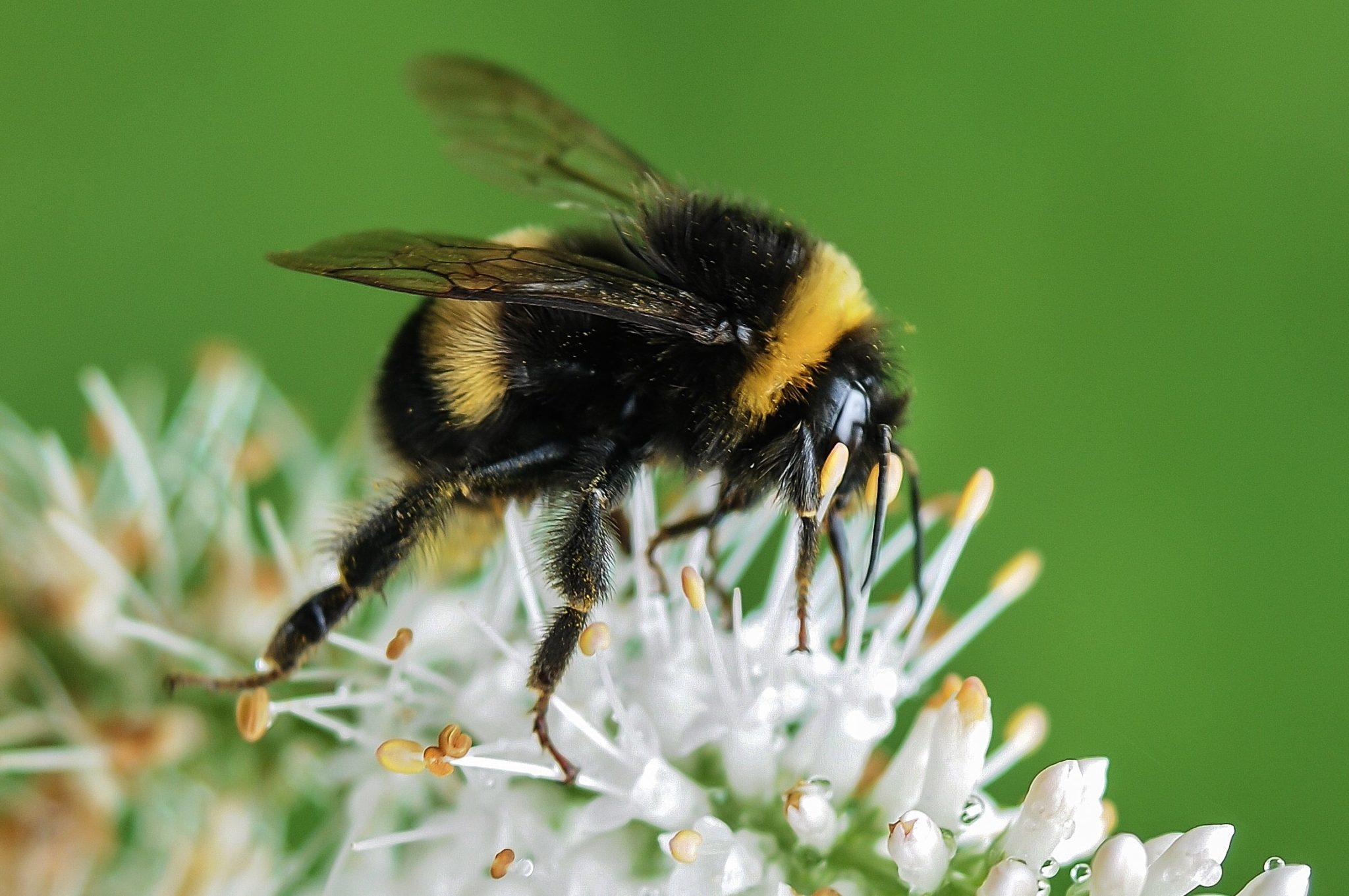The Ohio Department of Natural Resources website offers lots of information on common insects and other pests in Ohio. For more information on insects and other common pests, go to the website below. And, call Action Pest Control to exterminate Gypsy Moths and any other pests from your home and property.
Repost http://ohiodnr.gov/insectsanddisease
Gypsy Moths
The gypsy moth is one of the most destructive insect pests threatening the forests and ornamental plants of Ohio. Native to Europe, Asia, and North Africa, the gypsy moth became established in North America in 1869 when brought to Massachusetts for an unsuccessful attempt to cross it with the silkworm. A few of the insects escaped, and the gypsy moth has gradually spread throughout the northeastern states ever since.
The gypsy moth was first detected and eradicated from Ohio in 1914 in a suburb near Cleveland. Since that time, there have been over forty eradication projects in the state. The present program was started in 1971 as a detection/eradication program.
The impact of gypsy moths include forest ecosystem degradation, economic losses to businesses, loss of recreational opportunities in areas severely defoliated, reduced private property values, and nuisance from gypsy moth caterpillars.
Due to increasing gypsy moth populations in northeastern Ohio, the State and Federal Departments of Agriculture established a quarantine in 1987 to limit the spread of this destructive pest. Gypsy moth populations first reached defoliating levels in 1990. Defoliation peaked in 1995 at nearly 35,000 acres. Increased gypsy moth damage is expected as the insect spreads into the State’s unglaciated oak-hickory forestlandsBiology and Identification
Gypsy moth caterpillars are dark gray or brown with five pairs of blue dots and six pairs of red dots down their backs. As they age, black hairs on their bodies grow longer. The oldest caterpillars can be about 2-1/2 inches long.
Adult male gypsy moths are gray-brown while females are whitish with brown markings. Males have feathery antennae that they use to detect the females’ pheromones.
Female gyspy moths lay eggs in masses ranging from 1 to 1-1/2 inches long. They do not make webs or tents. Larvae hatch in April and soon move to the tree canopy and feed on leaves. Defoliation and thus harm to the trees occur when moths are in this caterpillar stage. The moths pupate in early June and emerge as adults later in the month to mate and lay eggs.
Control
Since 1990, the Ohio Department of Agriculture has been conducting gypsy moth suppression projects in the generally infested areas of the state, combined with pheromone trapping and eradication projects in areas not considered generally infested.
The purpose of these projects is to maintain gypsy moth populations below damaging levels in infested areas of Ohio, while identifying and slowing the spread of gypsy moth areas by eliminating isolated gypsy moth populations in the state’s uninfested areas. The projects have included many different tactics including insecticides, biological controls, and mass trapping.
There is good news to report in the fight against the gypsy moth. A new weapon has emerged. A fungus, Entomophaga maimaiga (Em), has emerged as a tool that can be used against this voracious feeder. This highly virulent and host-specific fungal pathogen of gypsy moth larvae, is known as one of the most important causes of mortality in Japanese gypsy moth populations.
The fungus was probably imported from Japan to areas near Boston, Massachusetts around 1910. This attempt to establish the fungus seemed to fail since extensive surveys did not reveal the pathogen. Em was not observed in North America until June, 1989 when dead caterpillars found clinging to trees in the northeastern U.S. revealed its presence. Ohio first documented the fungus in Trumbull County in 1993.


